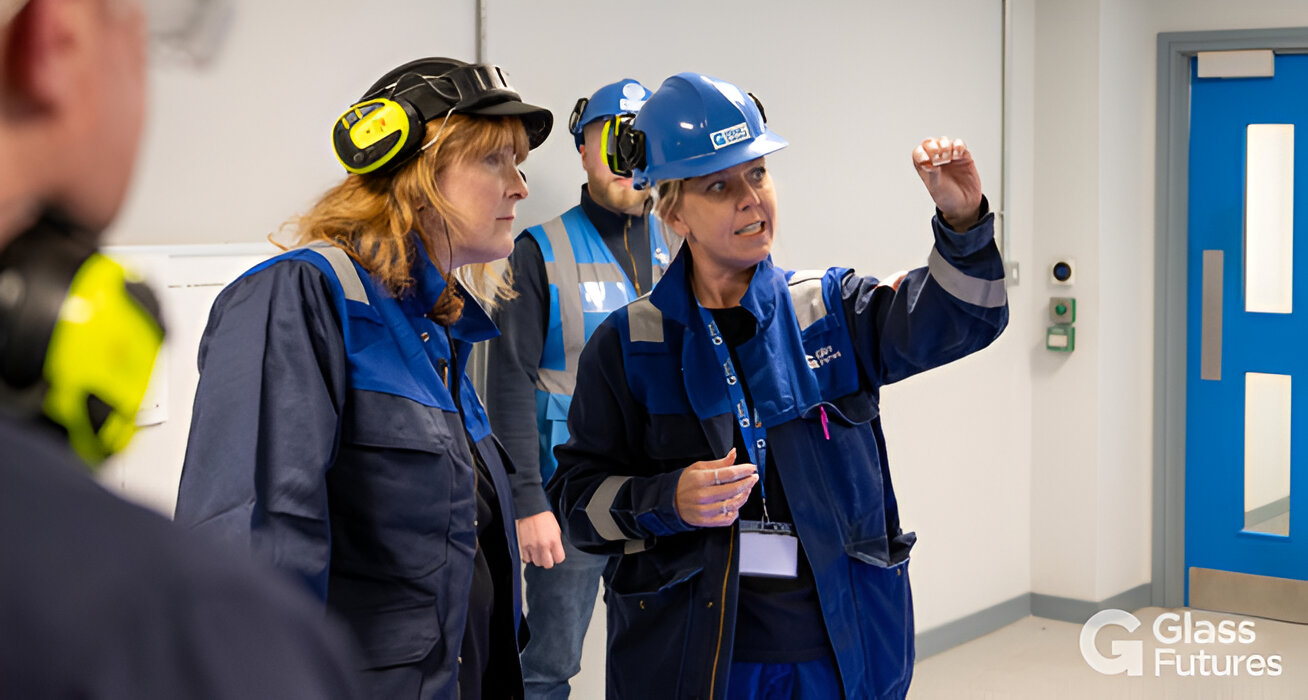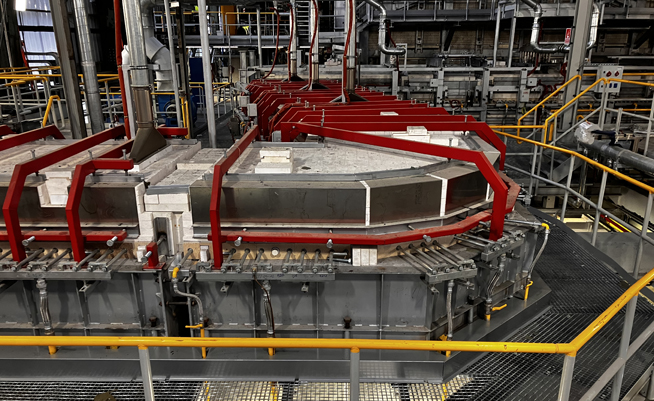Glass has long been celebrated for its ability to bring in light and open up views, but it’s often criticized for letting sound in just as easily. In noisy urban environments, transparency can come at the cost of comfort. Today, that trade-off is rapidly disappearing.
A new generation of acoustically engineered glass is transforming how we build in cities, along highways, and near airports, places where soundproofing is just as important as aesthetics. Whether through laminated layers, asymmetrical glazing, or vacuum-insulated systems, architects now have tools to design glass façades that keep the noise out while letting the daylight in.
Laminated acoustic glass uses a specialized PVB interlayer that absorbs and dampens sound waves. The result is a noticeable drop in ambient noise, making it ideal for high-traffic zones. Multi-layered systems, including triple glazing, further enhance this effect by staggering the thickness of panes and introducing air or inert gas layers to disrupt sound transmission.
For even more demanding scenarios, vacuum-insulated glass (VIG) offers powerful noise control in a much thinner profile. With no air or gas between panes, VIG eliminates vibration paths that carry sound, making it especially useful in space-constrained retrofits or high-performance buildings.
These innovations reflect a broader shift in architectural priorities: glass is no longer just about what you can see, it’s also about what you can’t hear. In a world filled with noise, acoustic glass is helping designers craft spaces that are quiet, calm, and still visually open to the world.
Source: Glass Balkan







